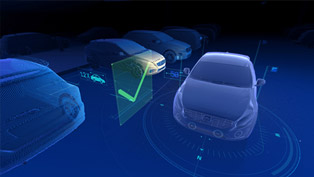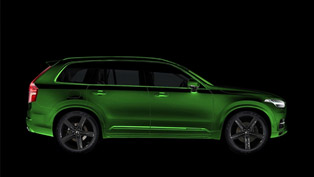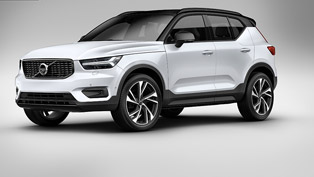Volvo XC90 To Be Driven By T8 Twin Engine
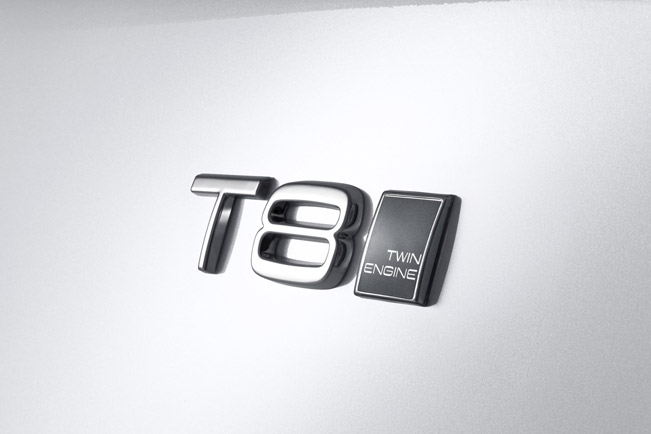 The gradual reveal of Volvo XC90 continues with additional information revealed by the Swedish automaker. Volvo has announced that its new SUV will offer combination of power and clean operation. It has also disclosed that the vehicle will be launched later this year. It will be an all-wheel drive seven seater, which is to deliver up to 400 horsepower (294 kW) but at the same time, it will also produce carbon dioxide (CO2) emissions of around 60 g/km on the NEDC driving cycle. This will make the future XC90 the first SUV offering this level of power this cleanly.
The gradual reveal of Volvo XC90 continues with additional information revealed by the Swedish automaker. Volvo has announced that its new SUV will offer combination of power and clean operation. It has also disclosed that the vehicle will be launched later this year. It will be an all-wheel drive seven seater, which is to deliver up to 400 horsepower (294 kW) but at the same time, it will also produce carbon dioxide (CO2) emissions of around 60 g/km on the NEDC driving cycle. This will make the future XC90 the first SUV offering this level of power this cleanly.
Precisely, the new model will offer a range of Drive-E engine options, all of which will provide an excellent combination of performance and fuel-efficiency. What makes the Drive-E engine range unique is that they are all four-cylinder engines. Volvo has made it possible for those units to provide all the driving pleasure associated with a bigger engine, and in addition to do so far more efficiently and cleanly.
The engine on the top of the range is the Twin Engine, which carry the badge ‘T8' and be a plug-in electric car, hybrid car and high-performance car rolled into one. The default hybrid mode offers normal driving by using two-litre, four-cylinder supercharged and turbocharged Drive-E petrol engine. The latter powers the front wheels.
There is also an 80 hp (60 kW) electric motor which drives the rear wheels. It utilizes the supercharger to fill in the bottom end of the power range. The electric motor on the rear wheels also provides immediate torque.
Just one touch of the button is needed in order for the driver to switch to quiet and emission-free city driving on pure electric power. The range of the car on electric mode alone is estimated around 25 miles. When needed the vehicle immediately revert back to the combined capacity of the petrol engine and electric motor. Their combined output is around 400 hp (294 kW) and 640 Nm (472 lb-ft) of torque.
In the range of engines that will be offered in the new Volvo XC90 there will be also the D5 twin turbo diesel engine with 225 hp (165 kW) and 470 Nm (347 lb-ft). Its fuel consumption is estimated at 47 mpg on the combined cycle. The other engine is the D4 turbo diesel with 190 hp (140 kW) and 400 Nm (295 lb-ft). It offers a fuel consumption of around 56 mpg (combined cycle).
As a chassis, Volvo will use the Scalable Product Architecture (SPA). It will allow for far more flexibility inside the car. In addition, it will also create a far wider range of design possibilities and it will also improve driveability. SPA will benefit of the inclusion of the newest safety features and connected in-car technologies. What is more, it will also increase the space of the interior.
Source: Volvo
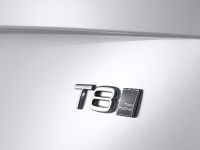
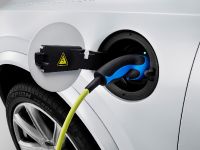
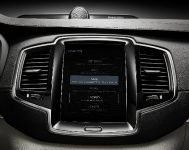
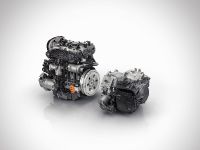
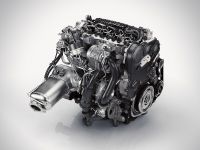
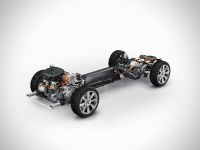
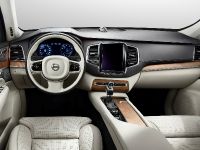
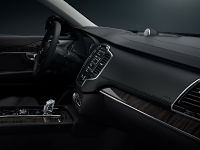
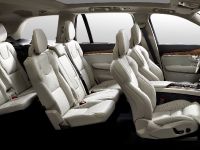
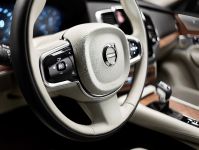
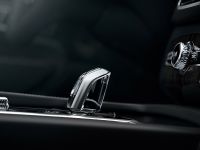
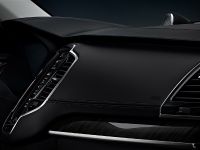
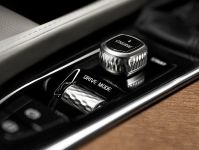
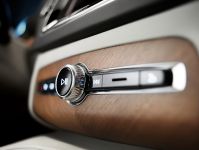
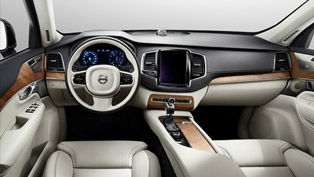
![2015 Volvo XC90 Infotainment System [videos]](http://www.automobilesreview.com/uploads/2014/06/2015-Volvo-XC90-Infotainment-System-b.jpg)
